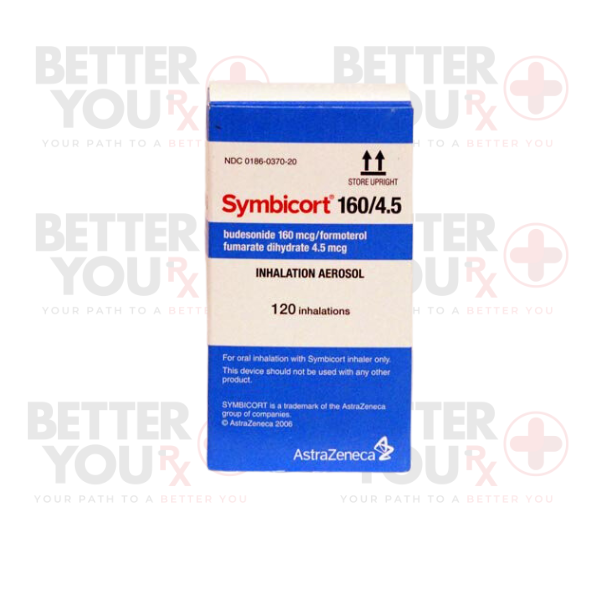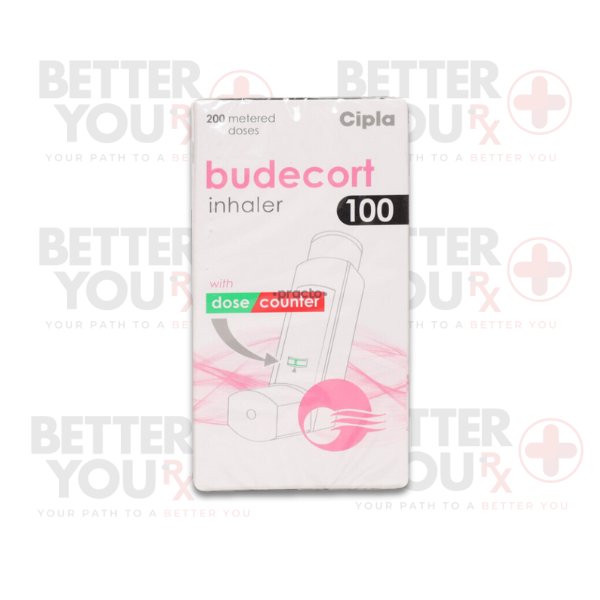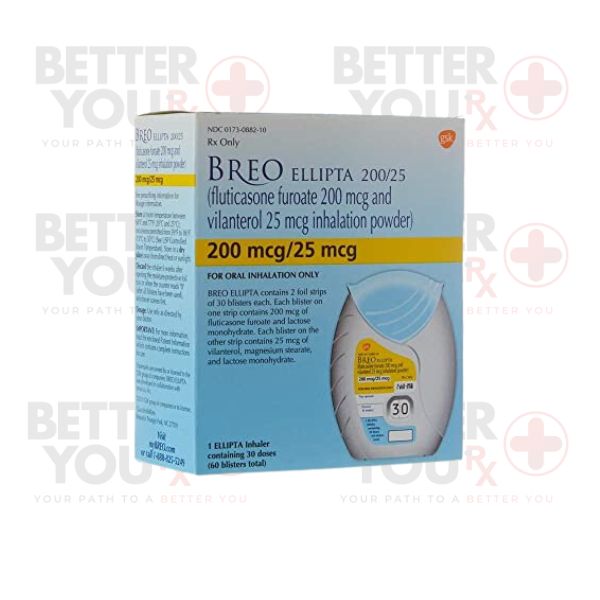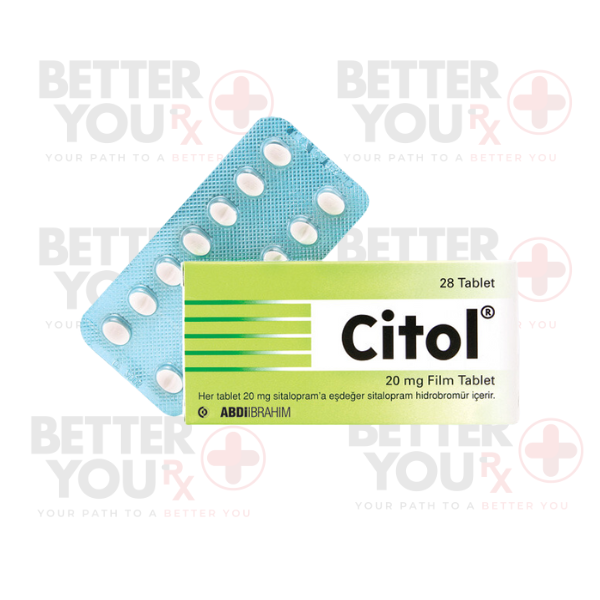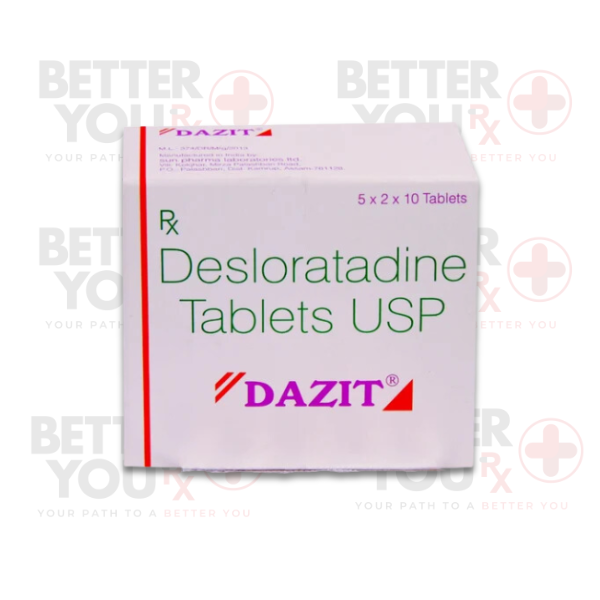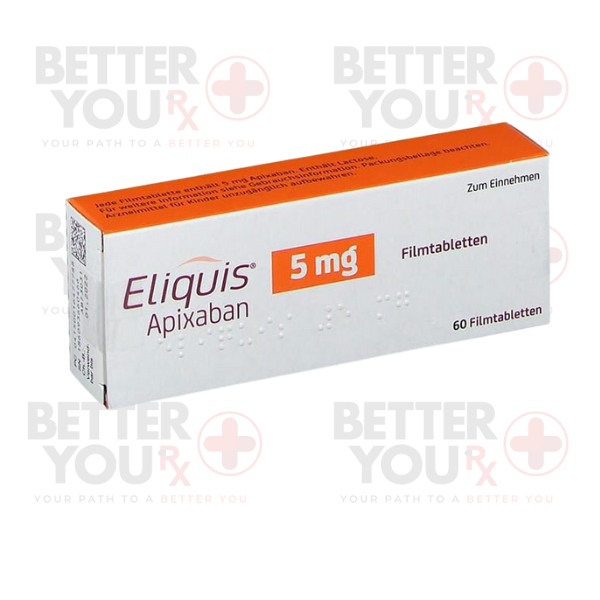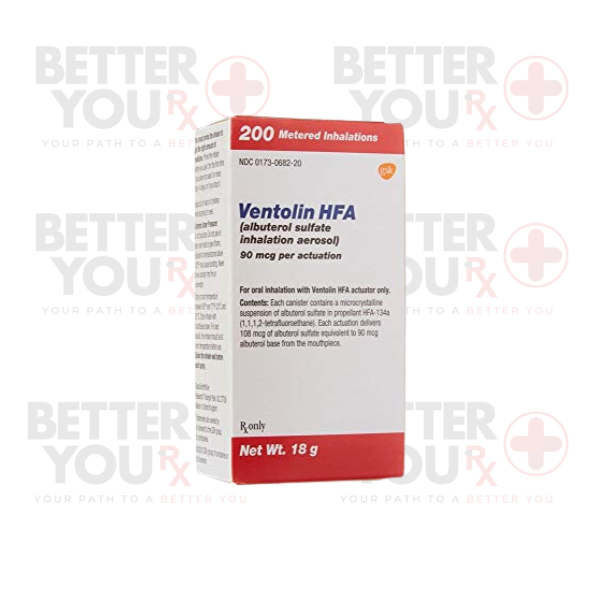| Usage |
Usage
The Estalis patch is designed for continuous wear throughout the 4-week cycle. You will apply the Estalis patches twice weekly on the same days each week, and each patch should be worn for 3-4 days continuously.
The subsequent treatment cycle begins immediately after removing the last Estalis patch. It's worth noting that irregular uterine bleeding may occur, especially during the first 6 months, but this typically diminishes over time.
Compliance with your prescribed medication regimen is crucial. Please consult your physician before discontinuing or altering your therapy.
Here's how and where to apply Estalis:
1. It is advisable to change the patch's application site with each use. In other words, when you apply a new patch, place it in a different area on your abdomen or buttocks than the previous one. The same area should not be used again for at least one week. However, ensure that each time you apply a patch, it remains in the same general area on your body (for instance, if you apply it to the buttocks, move it from the right side to the left side, twice a week or more if you notice any redness under the patch).
2. Always apply the entire patch.
3. Preparing the skin: The skin should be clean, dry, cool, and free of any powder, moisturizer, lotions, or oils for proper patch adhesion. You may use body lotion after the patch is correctly applied to the skin. Ensure that the skin is not irritated or broken, as this may impact hormone absorption. Contact with water (bath, pool, or shower) should not affect the patch
4. Where to apply the Estalis patches: You can apply the patches to the buttocks or abdomen. Change the application site each time you use a new patch. Allow at least one week to pass before applying the patch to a previously used area.
5. Avoid areas of the skin where clothing may rub off the patch or where the skin is very hairy or folded. Additionally, avoid areas that are likely to be exposed to direct sunlight, as this may affect patch performance.
6. DO NOT APPLY THE PATCHES TO YOUR BREAST, as this may result in unwanted effects and discomfort.
Here are the steps for applying Estalis patches:
Opening the pouch: The patches in Estalis are individually sealed in protective pouches. Tear open the pouch at the indented notch and remove the patch. Do not use scissors, as they may accidentally cut and damage the patch.
Removing the liner: One side of the patch has an adhesive that adheres to your skin. The adhesive is covered by a protective liner that needs to be removed.
To detach the patch from the liner, grasp the patch with the protective liner facing towards you. Remove one side of the protective backing and dispose of it. Please be cautious not to touch the adhesive side of the patch with your fingers.
Using the other half of the backing as a handle, apply the sticky side of the system to a dry area of your abdomen or buttocks. Press the sticky side onto the skin and smooth it down.
Fold back the remaining side of the patch. Grasp the straight edge of the protective backing and pull it off the patch. Avoid touching the adhesive.
Applying the Estalis patches: Apply the adhesive side to the chosen spot. Press it firmly in place with the palm of your hand for about 10 seconds, then run your finger around the edge to ensure good contact with the skin. Apply the patch shortly after unsealing the pouch and taking off the protective backing.
Estalis should be worn continuously until it's time to replace it with a new patch. You may wish to try different locations when applying a new patch to find the most comfortable sites where clothing won't rub against the patch.
When and how to remove the patch:
For the continuous regimen: Change the Estalis patch twice weekly, always on the same 2 days of the week. If you forget to change it at the scheduled time, there is no cause for alarm. Simply change it as soon as possible and continue following your usual schedule.
After removing the patch, fold it in half with the adhesive sides facing inward. Dispose of it safely, out of the reach of children or pets.
Any adhesive residue on your skin should come off easily. You can also use mineral oil, baby oil, or rubbing alcohol to remove adhesive from the skin. Apply a new Estalis patch to a different clean, dry skin area.
Please note that the drug in your patch is contained within the adhesive and not in a special reservoir.
|
| Side Effects |
Side Effects
All medications can potentially lead to side effects. While some side effects may be serious, most are not.
If you experience any of the following, it's important to consult your doctor as soon as possible:
Most Common Adverse Drug Reactions (≥1%):
• Back pain or pain similar to menstrual cramps
• Breast tenderness and increased vaginal secretions (these may indicate excessive estrogen intake)
• Vaginal thrush (a fungal infection characterized by severe itching and abnormal vaginal discharge)
• Changes in weight
• Headache
• Intolerable breast tenderness
• Itching beneath the patch
• Skin redness after patch removal (signs of an application site reaction, including bleeding, bruising, burning, discomfort, dryness, skin boils, edema, erythema, inflammation, irritation, pain, small solid skin bumps, rash, skin discoloration, skin pigmentation, swelling, hives, and blisters)
• Nervousness
• Pain in extremities
• Pelvic pain
• Persistent or severe skin irritation
• Rash, itching, acne, dryness
Less Common Adverse Drug Reactions (<1%):
• Breast cancer
• Abnormal tumor growth related to estrogens (e.g., endometrial cancer)
• Changes in sex drive
• Gall bladder disease (increased risk of gallstone formation)
• Painful and/or heavy menstrual periods (may indicate uterine fibroid growth)
• Skin discoloration, purple patches
• Swelling in the lower legs, ankles, fingers, or abdomen due to fluid retention (edema) persisting for over 6 weeks
• Tingling or numbness
Adverse Drug Reactions with unknown frequency:
• Tender, red nodules under the skin (most commonly on the shins)
• Spotty darkening of the skin, especially on the face or abdomen (chloasma)
• Easy bruising
• Excessive nosebleeds
• Sudden uterine contractions
• Hair loss
• Excessive hair growth
• Memory decline or mental impairment
• Rapid mood changes
• Difficulty sleeping
• Discomfort with contact lenses
• Dry eyes
• Hearing loss
• Itchy rash
If you experience any unexpected effects while taking Estalis, please contact your doctor or pharmacist.
|
| Important Warnings and Precautions |
Important Warnings and Precautions
The Women's Health Initiative (WHI) trial, a significant clinical study, evaluated the benefits and risks of oral combined estrogen plus progestin therapy and oral estrogen-alone therapy compared to a placebo (a pill containing no active ingredients) in postmenopausal women.
For postmenopausal women taking oral combined estrogen plus progestin, the WHI trial indicated an increased risk of myocardial infarction (heart attack), breast cancer, stroke, deep vein thrombosis (blood clots in the large veins), and pulmonary emboli (blood clots in the lungs).
For postmenopausal women with prior hysterectomy (surgical removal of the uterus) taking oral estrogen alone, the WHI trial indicated an increased risk of stroke and deep vein thrombosis.
As a result, it's crucial to take into account the following:
• There is an elevated risk of developing invasive breast cancer, heart attack, stroke, and blood clots in both lungs and large veins with the use of estrogen plus progestin therapy.
• Estrogens, whether used alone or in combination with progestins, should not be employed for the prevention of heart disease or stroke.
• Estrogen-alone therapy increases the risk of stroke and blood clots in the major veins.
• Estrogens with or without progestins should be used at the lowest effective dose and for the shortest possible duration. Regular medical follow-up is recommended.
Breast Cancer:
The results of the WHI trial indicated an increased risk of breast cancer in postmenopausal women taking combined estrogen plus progestin compared to those taking a placebo.
The results of the WHI trial indicated no difference in the risk of breast cancer in postmenopausal women with prior hysterectomy taking estrogen-alone compared to those taking a placebo.
Women with a personal history of breast cancer should not take estrogens with or without progestins. Additionally, women with a family history of breast cancer or a history of breast lumps, breast biopsies, or abnormal mammograms (breast x-rays) should consult their doctor before starting hormone replacement therapy. Mammograms should be performed before initiating HRT and at regular intervals during treatment as recommended by a physician. Regular breast examinations by a doctor and breast self-examinations are advised for all women, and techniques for breast self-examination should be reviewed with a doctor.
Uterine Lining Overgrowth and Uterine Cancer:
The use of estrogen-alone therapy by postmenopausal women with a uterus increases the risk of developing endometrial hyperplasia (overgrowth of the uterine lining), which, in turn, increases the risk of endometrial cancer (cancer of the uterine lining).
The inclusion of a progestin medication with estrogen therapy aims to reduce the risk of endometrial hyperplasia.
Discuss progestin therapy and risk factors for endometrial hyperplasia and carcinoma with your doctor. If you experience unexpected or unusual vaginal bleeding, be sure to report it to your doctor. If you have had a hysterectomy, you are not at risk for endometrial hyperplasia or carcinoma, so progestin therapy is generally unnecessary.
Ovarian Cancer:
Some studies have associated the use of estrogen-alone and estrogen-plus progestin therapies for five or more years with an increased risk of ovarian cancer.
Heart Disease and Stroke:
The WHI trial results indicated an increased risk of stroke and coronary heart disease in postmenopausal women taking combined estrogen plus progestin compared to those taking a placebo.
The WHI trial results indicated an increased risk of stroke but no difference in the risk of coronary heart disease in postmenopausal women with prior hysterectomy taking estrogen alone compared to those taking a placebo.
Abnormal Blood Clotting:
The WHI trial results indicated an increased risk of blood clots in the lungs and large veins in postmenopausal women taking combined estrogen plus progestin compared to those taking a placebo.
The WHI trial results indicated an increased risk of blood clots in the large veins but no difference in the risk of blood clots in the lungs in postmenopausal women with prior hysterectomy taking estrogen-alone compared to those taking a placebo.
The risk of blood clots increases with age, in the presence of a personal or family history of blood clots, smoking, obesity, prolonged immobilization, or after major surgery. Discuss blood clot risk factors with your doctor, as blood clots can be life-threatening or cause significant disability.
Gallbladder Disease:
The use of estrogens by postmenopausal women has been linked to an increased risk of gallbladder disease requiring surgery.
Dementia:
The Women's Health Initiative Memory Study (WHIMS), a WHI trial substudy, revealed an increased risk of dementia (memory loss and cognitive impairment) in postmenopausal women aged 65 and overtaking oral combined estrogen plus progestin compared to those taking a placebo.
The WHIMS indicated no difference in the risk of dementia in postmenopausal women aged 65 and over with prior hysterectomy taking oral estrogen-alone compared to those taking a placebo.
Before using Estalis, consult your doctor or pharmacist if you:
• Have a history of severe allergic reactions or intolerance to any medications or other substances.
• Have been diagnosed with hereditary angioedema or experienced episodes of rapid swelling in various body parts.
• Have a personal history of breast disease, including breast lumps, or a family history of breast cancer.
• Have experienced unusual or unexplained vaginal bleeding.
• Have a history of uterine fibroids or endometriosis.
• Have a history of liver disease, liver tumors, jaundice (yellowing of the eyes or skin), or itching related to estrogen use or during pregnancy.
• Have a history of migraine headaches.
• Have a history of hypertension.
• Have a personal or family history of blood clot-related conditions or a personal history of heart disease or stroke.
• Have experienced phlebitis (inflamed varicose veins).
• Have a history of multiple miscarriages.
• Have a history of bone disease, certain metabolic conditions, or cancers affecting calcium and phosphorus levels in the blood.
• Have been diagnosed with diabetes.
• Have been diagnosed with porphyria (a blood pigment disorder).
• Have been diagnosed with lupus.
• Have gallbladder disease.
• Experience depression.
• Have been diagnosed with hearing failure due to otosclerosis.
• Have epilepsy (seizures) or other neurological disorders.
• Have a history of high cholesterol or high triglycerides.
• Are pregnant or may be pregnant.
• Are breastfeeding.
• Have had a hysterectomy (operating removal of the womb).
• Smoke.
• Are undergoing surgery or require extended bed rest.
• Have been diagnosed with hypothyroidism and are undergoing thyroid hormone replacement therapy.
Do not hesitate to ask your doctor or pharmacist any questions you may have.
|


